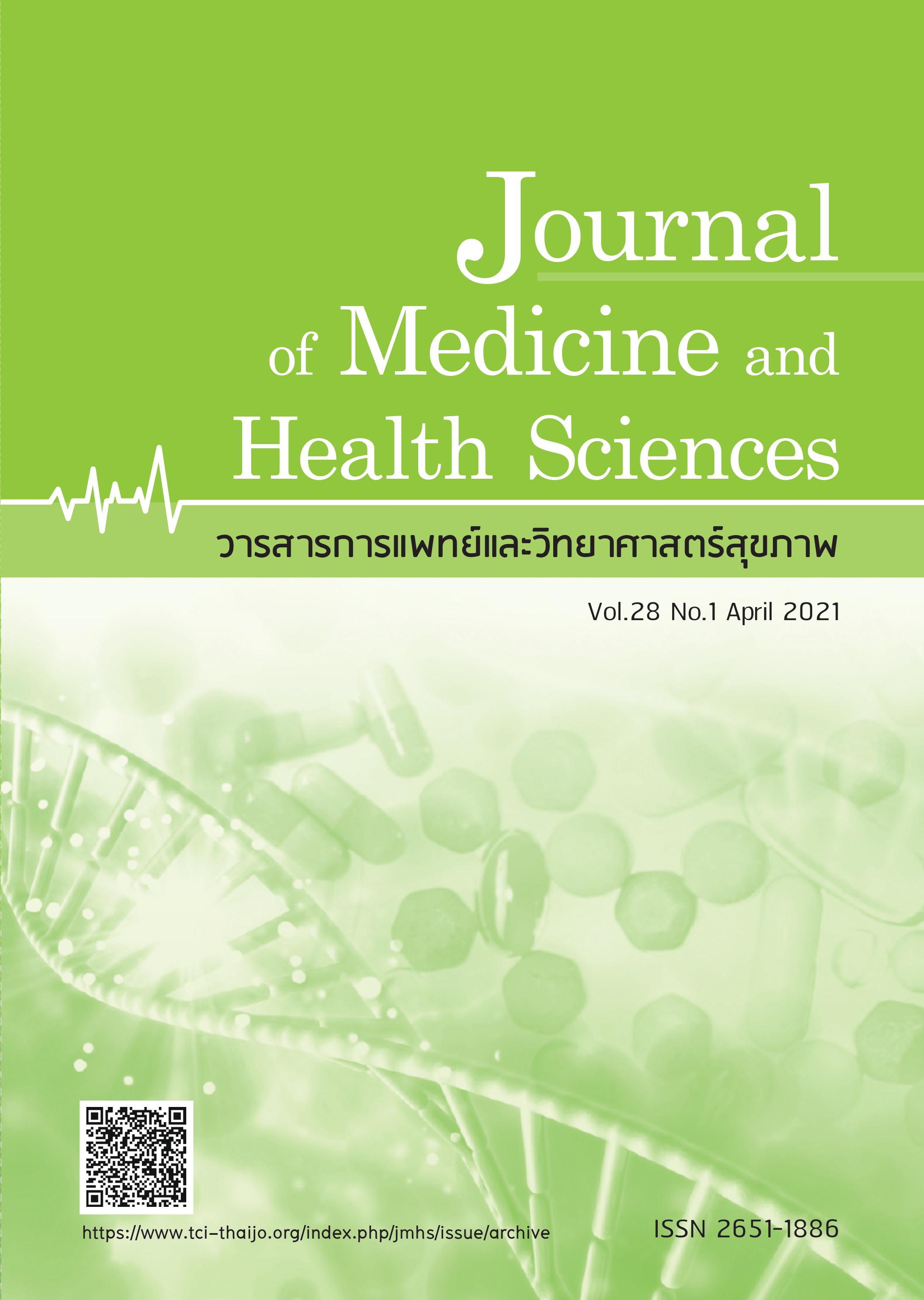Heterochromia iridis in acquired Horner syndrome secondary to spontaneous internal carotid artery dissection
Keywords:
Horner syndrome, Heterochromia iridis, internal carotid artery dissection, Ehlers-Danlos syndromesAbstract
The aim of this study is to report a rare case of heterochromia iridis in Acquired incomplete Horner syndrome, secondary to spontaneous ipsilateral internal carotid artery dissection in patients with Ehlers-Danlos syndromes. A 23-year-old man complained of left-sided ptosis for two years, but the exact onset of ptosis was unconfirmed. At presentation, the pupils showed anisocoria, which was more apparent in the dark and mild left upper eyelid ptosis was detected. The slit lamp examination showed heterochromia iridis with iris hypopigmentation in the left eye compared to the right eye. The extraocular motilities were normal. The ice test and fatigability test were also negative. The starch iodine test for anhidrosis evaluation was denied by the patient. Left-sided Congenital Horner syndrome (HS) was suspected, but Acquired HS cannot be ruled out. The MRA of the brain include the neck and MRI vessel were done and severe stenosis along the entire course of left internal carotid artery (ICA) from left ICA dissection (ICAD) was shown to be a causal lesion of HS. After a thorough evaluation, the patient was found to have underlying and undiagnosed Ehlers-Danlos syndromes (EDS).
References
2. Rennie IG. Don’t it make my blue eyes brown: heterochromia and other abnormalities of the iris. Eye (Lond) 2012;26:29-50.
3. Kanagalingam S, Miller NR. Horner syndrome: clinical perspectives. Eye Brain 2015;7:35-46.
4. Vivien H L, Robert D B, Jayawant N M, et al. Incidence and outcome of cervical artery dissection: a population-based study. Neurology 2006;67:1809-12.
5. Schievink WI. Spontaneous dissection of the carotid and vertebral arteries. N Engl J Med 200;344:898-906.
6. Kerty E. The ophthalmology of internal carotid artery dissection. Acta Ophthalmol Scand 1999;77:418-21.
7. Biousse V, Touboul P-J, D’AnglejanChatillon J, et al. Ophthalmologic manifestations of internal carotid artery dissection. Am J Ophthalmol 1998;126:
565-77.
8. Imesch PD, Wallow IH, Albert DM. The color of the human eye: a review of morphologic correlates and of some conditions that affect iridial pigmentation. Surv Ophthalmol 1997;41:117-23.
9. Gladstone RM. Development and Significance of Heterochromia of the Iris. Arch Neurol 1969;21:184-92.
10. McCartney AC, Riordan-Eva P, Howes RC, et al. Horner’s syndrome: an electron microscopic study of a human iris. Br J Ophthalmol 1992;76:746-9.
11. Beynat J, Soichot P, Bidot S, et al. Iris heterochromia in acquired Horner’s syndrome. J Fr Ophtalmol 2007;30:e19.
12. Diesenhouse MC, Palay DA, Newman NJ, et al. Acquired heterochromia with horner syndrome in two adults. Ophthalmology 1992;99:1815-7.
13. Simon D, Austin J, Forslot L. Heterochromia pardus: Implications of the spotted pale iris. Neuro-ophthalmology 1982;2:279-91.



